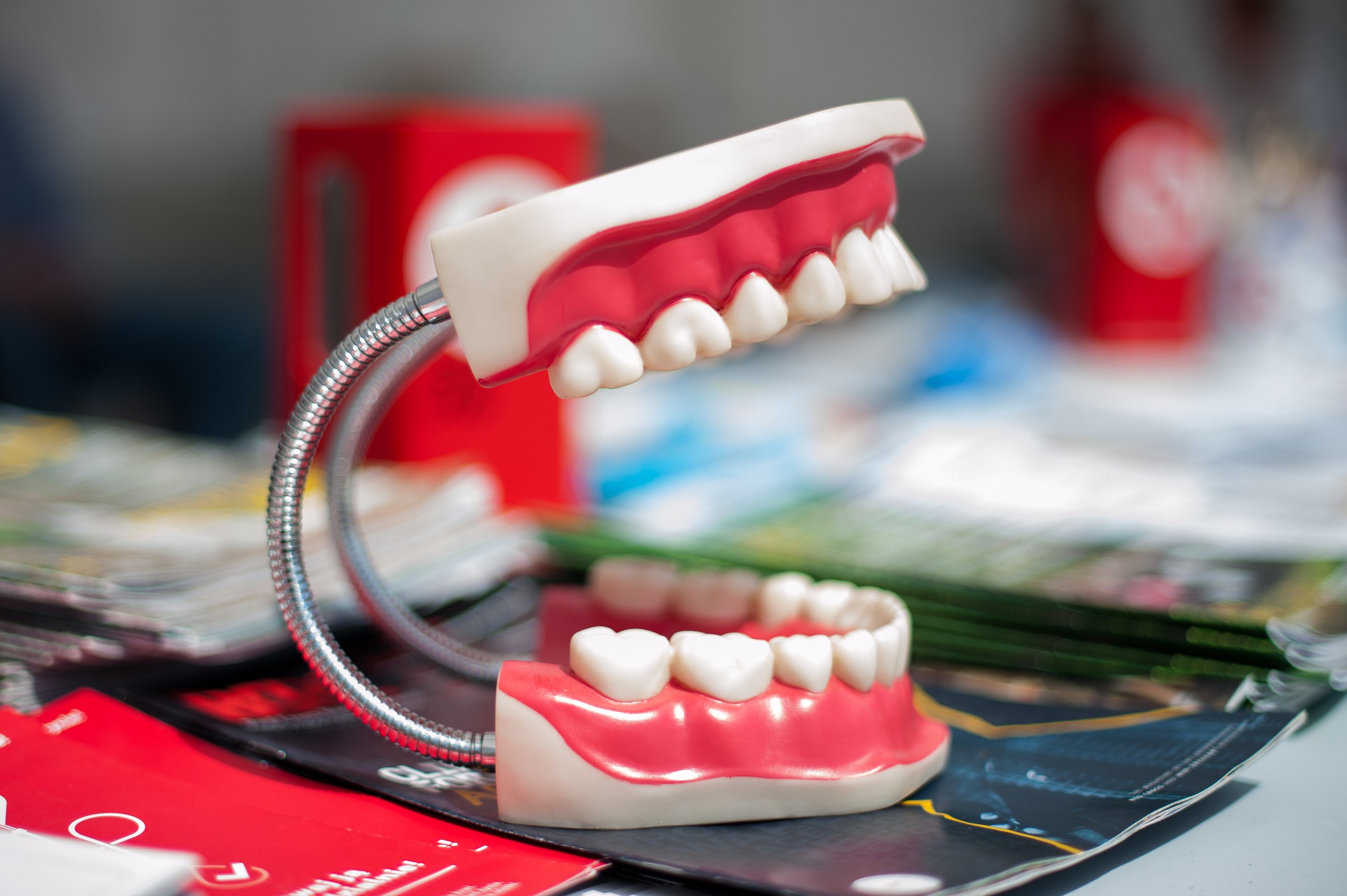Início Utilização de enxerto ósseo autógeno na reabilitação dos maxilares
substitutos ósseos

Utilização de enxerto ósseo autógeno na reabilitação dos maxilares
Resumo:
Introduction: The bone tissue loss process can occur due to several factors, causing functional, aesthetic and psychological problems in the patient, making rehabilitation treatment difficult using dental prostheses. In this context, this article aims to conduct a scientific review of the literature, pointing out the advantages and disadvantages of autogenous bone grafts, elucidating the main indications for dentistry. Review: The recovery of edentulous areas using autogenous bone grafts plays an important role in dentistry, providing an adequate prognosis for the patient, as long as the treatment is well elaborated within the ideal conditions of bone quantity and quality. The intraoral donor areas are made up of the mentonian symphysis, branch and maxillary tuberosity. The skull cap, iliac crest, ribs, tibia and fibula are the extra-oral donor areas. The intraoral donor areas exhibit good biological properties in the reconstruction of small and medium bone defects, corresponding to approximately four dental units. In cases of extensive bone regeneration, the use of extra-oral donor areas is indicated, with the iliac crest being the most commonly used, due to the good bone quantity it offers. Final Remarks: The use of autogenous graft has the advantages of its excellent biocompatibility between the donor and recipient areas, enabling bone regeneration techniques to be performed in a dental office with the use of local anesthesia, showing a low cost and a high level of aesthetic acceptance for the patient. However, in extensive defects, surgery should be performed in a hospital environment under general anesthesia with a multidisciplinary team, presenting a high cost.
Keywords: autogenous bone graft, bones substitutes, oral rehabilitation.
Expandir Resumo
Acessar Texto Completo

